<img class=”blogImg” src=”https://storagereviewspot.com/wp-content/uploads/2025/08/fhnVsz4pcfy2TFXxe5dpS_output.png” alt=”Professional climate-controlled storage setup for home office equipment” />
<h2>Why Temperature Control Matters for Your Tech Investment</h2>
<p>As remote work continues to evolve, protecting your valuable home office equipment during transitions has become more crucial than ever. Whether you’re renovating, moving, or reorganizing your workspace, understanding the importance of temperature-controlled storage can mean the difference between preserved and compromised equipment.</p>
<h2>The Hidden Risks of Temperature Fluctuations</h2>
<p>Your electronic equipment is more sensitive to temperature changes than you might realize. Extreme temperatures can cause:</p>
<ul>
<li>Internal component damage</li>
<li>Battery degradation</li>
<li>Screen display issues</li>
<li>Hard drive failures</li>
<li>Condensation-related problems</li>
</ul>
<h2>Setting Up Your Climate-Controlled Storage Space</h2>
<p>Creating the ideal environment for your tech equipment requires attention to several key factors:</p>
<h3>Temperature Range</h3>
<p>Maintain a consistent temperature between 65-75°F (18-24°C) for optimal equipment protection. Avoid fluctuations that can stress components and lead to condensation issues.</p>
<h3>Humidity Control</h3>
<p>Keep relative humidity between 45-55% to prevent both moisture damage and static electricity problems that can harm sensitive electronics.</p>
<img class=”blogImg” src=”https://storagereviewspot.com/wp-content/uploads/2025/08/fhnVsz4pcfy2TFXxe5dpS_output.png” alt=”Temperature and humidity monitoring setup for tech equipment storage” />
<h2>Essential Equipment Protection Steps</h2>
<p>Follow these critical steps to ensure your equipment stays safe:</p>
<ol>
<li>Clean all equipment thoroughly before storage</li>
<li>Use anti-static bags for sensitive components</li>
<li>Install temperature and humidity monitors</li>
<li>Elevate equipment off the floor</li>
<li>Maintain proper air circulation</li>
</ol>
<h2>Professional Storage Solutions</h2>
<p>When selecting a storage facility, look for these features:</p>
<ul>
<li>24/7 climate control monitoring</li>
<li>Backup power systems</li>
<li>Advanced security measures</li>
<li>Clean, dust-free environments</li>
<li>Easy accessibility</li>
</ul>
<h2>Long-Term Storage Considerations</h2>
<p>For extended storage periods, implement these additional measures:</p>
<ul>
<li>Regular equipment checks</li>
<li>Battery removal when possible</li>
<li>Updated inventory documentation</li>
<li>Insurance coverage review</li>
</ul>
<h2>Emergency Preparedness</h2>
<p>Always have a contingency plan that includes:</p>
<ul>
<li>Backup power solutions</li>
<li>Emergency contact information</li>
<li>Quick-response procedures</li>
<li>Equipment priority list</li>
</ul>
<h2>Making the Transition Smooth</h2>
<p>When it’s time to move your equipment back into your workspace:</p>
<ol>
<li>Allow equipment to acclimate gradually</li>
<li>Check for any signs of damage</li>
<li>Test all components thoroughly</li>
<li>Update your inventory records</li>
</ol>
<h2>Conclusion</h2>
<p>Protecting your home office technology investment requires careful attention to storage conditions. By following these guidelines and maintaining proper temperature control, you can ensure your equipment remains in optimal condition throughout any transition period. Remember, the small effort invested in proper storage can save significant replacement and repair costs in the future.</p>


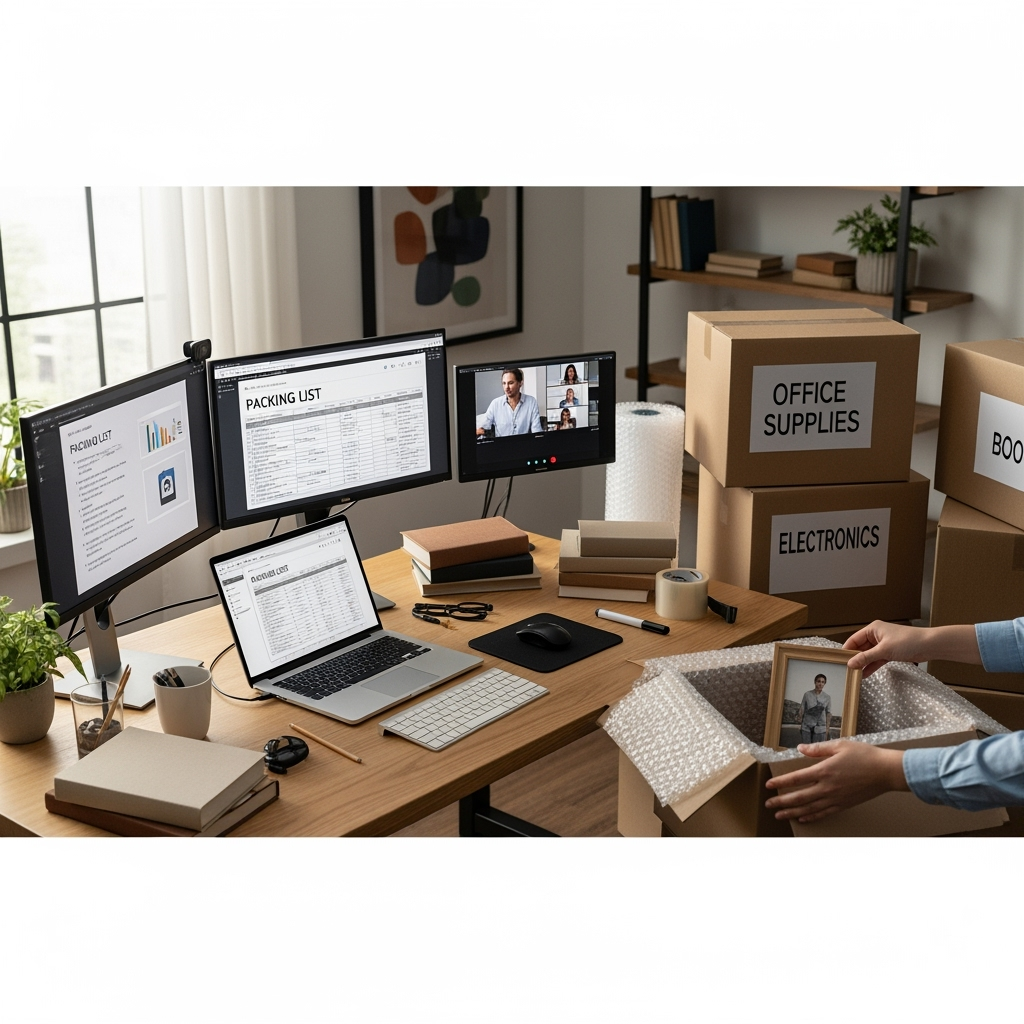
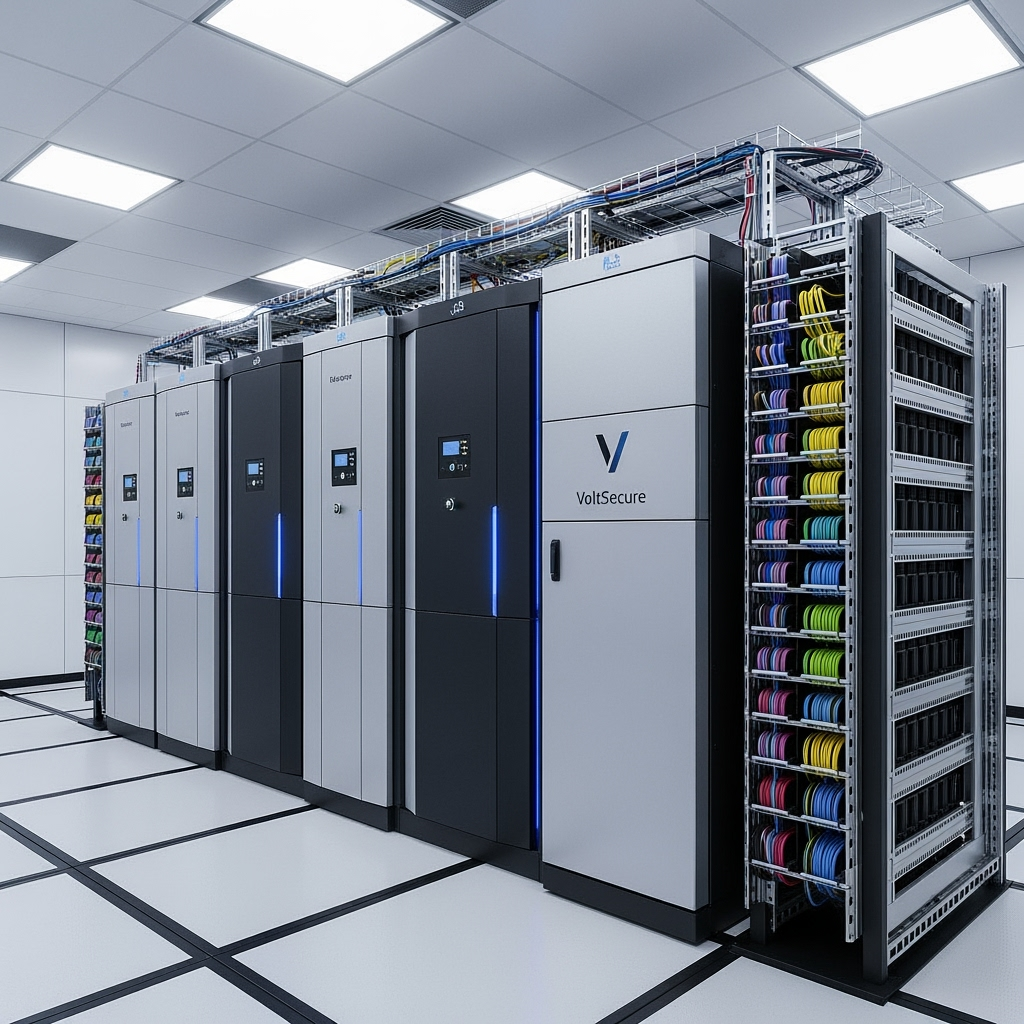

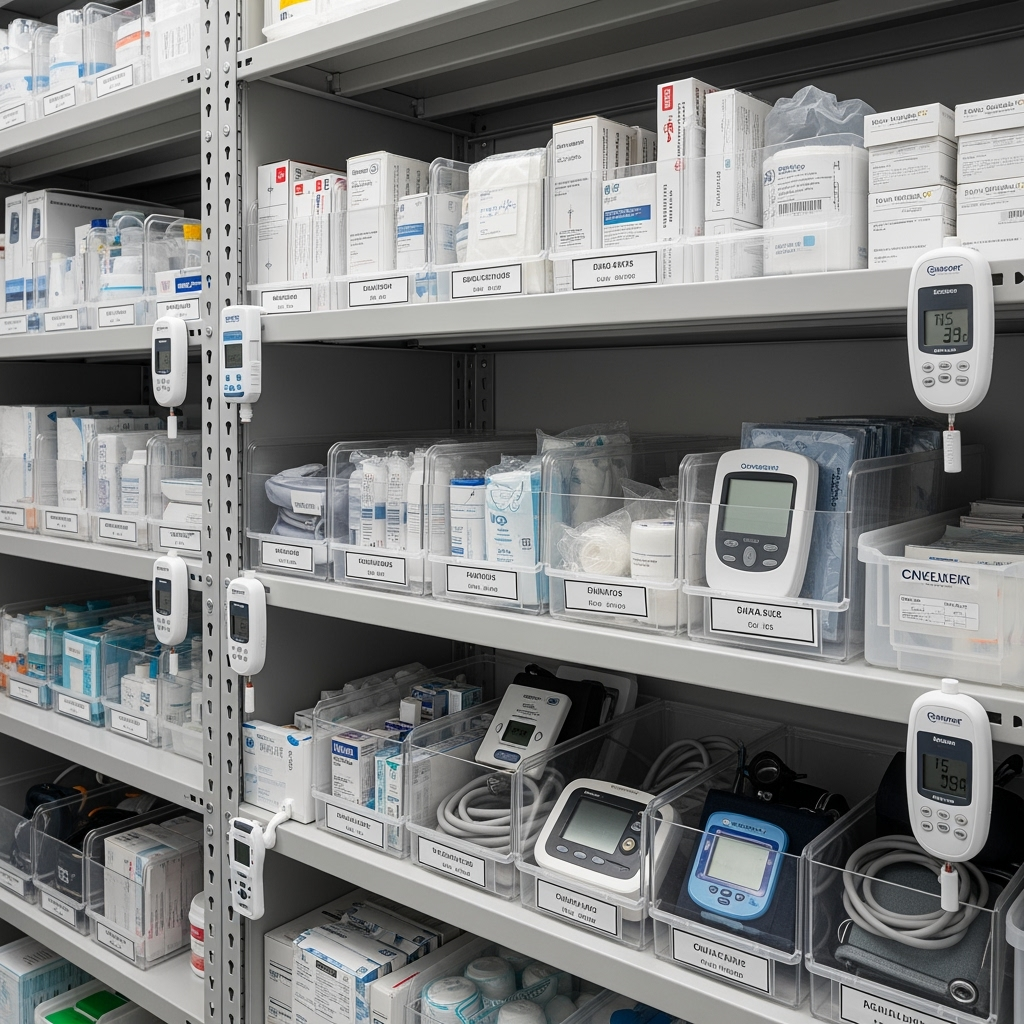
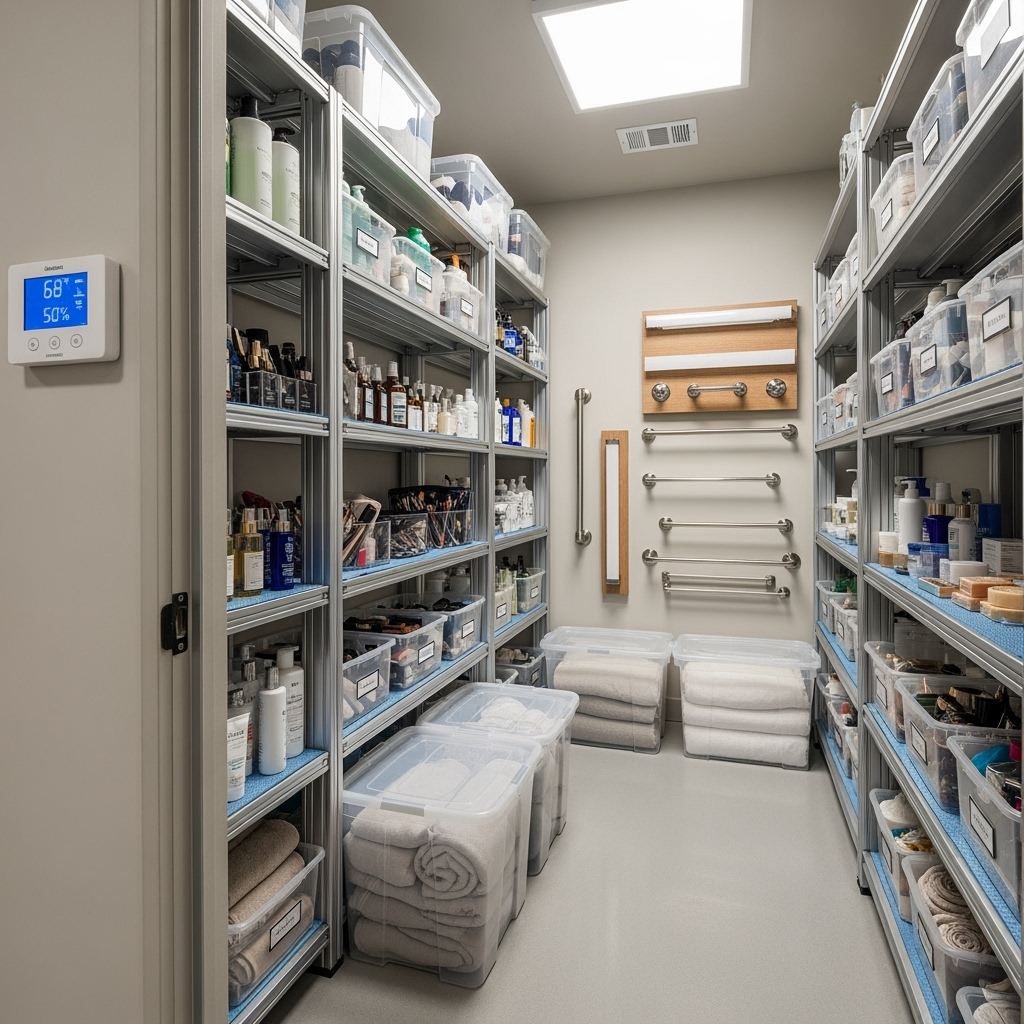
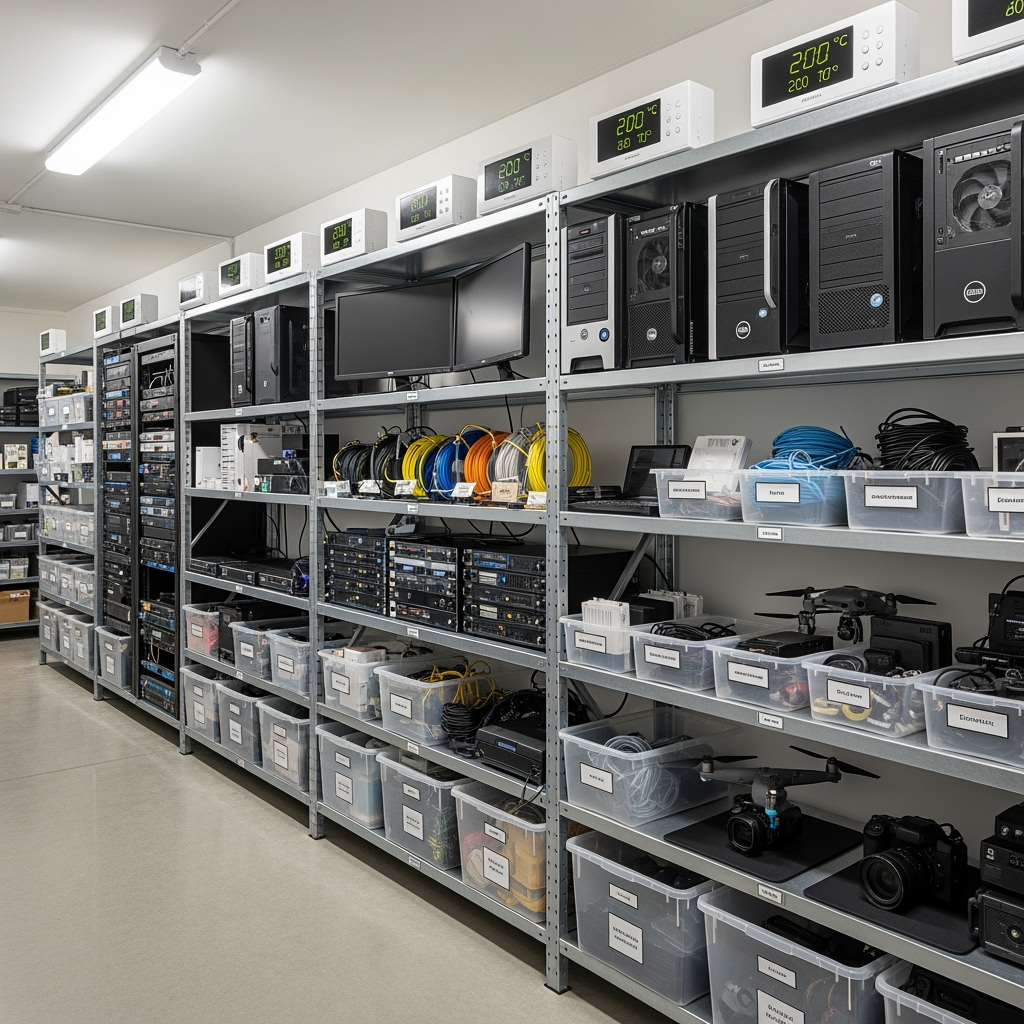
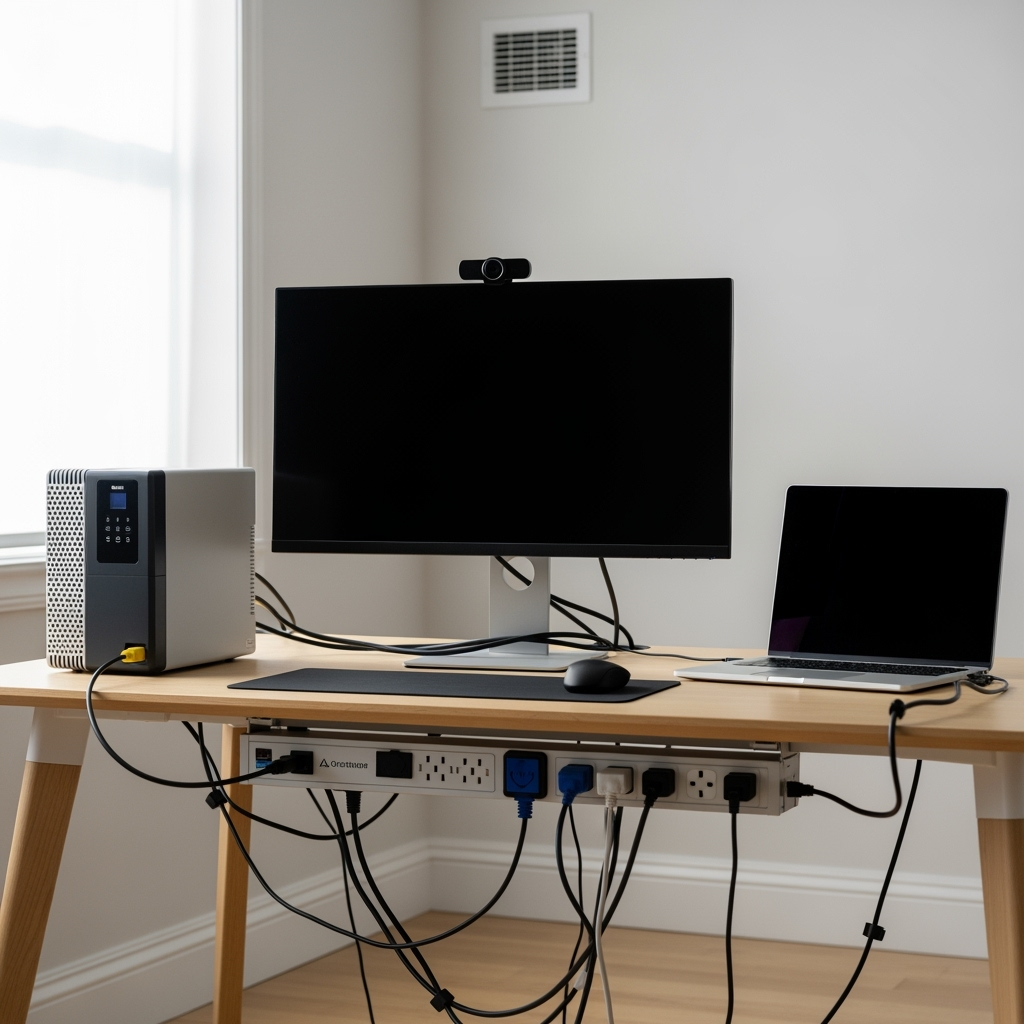
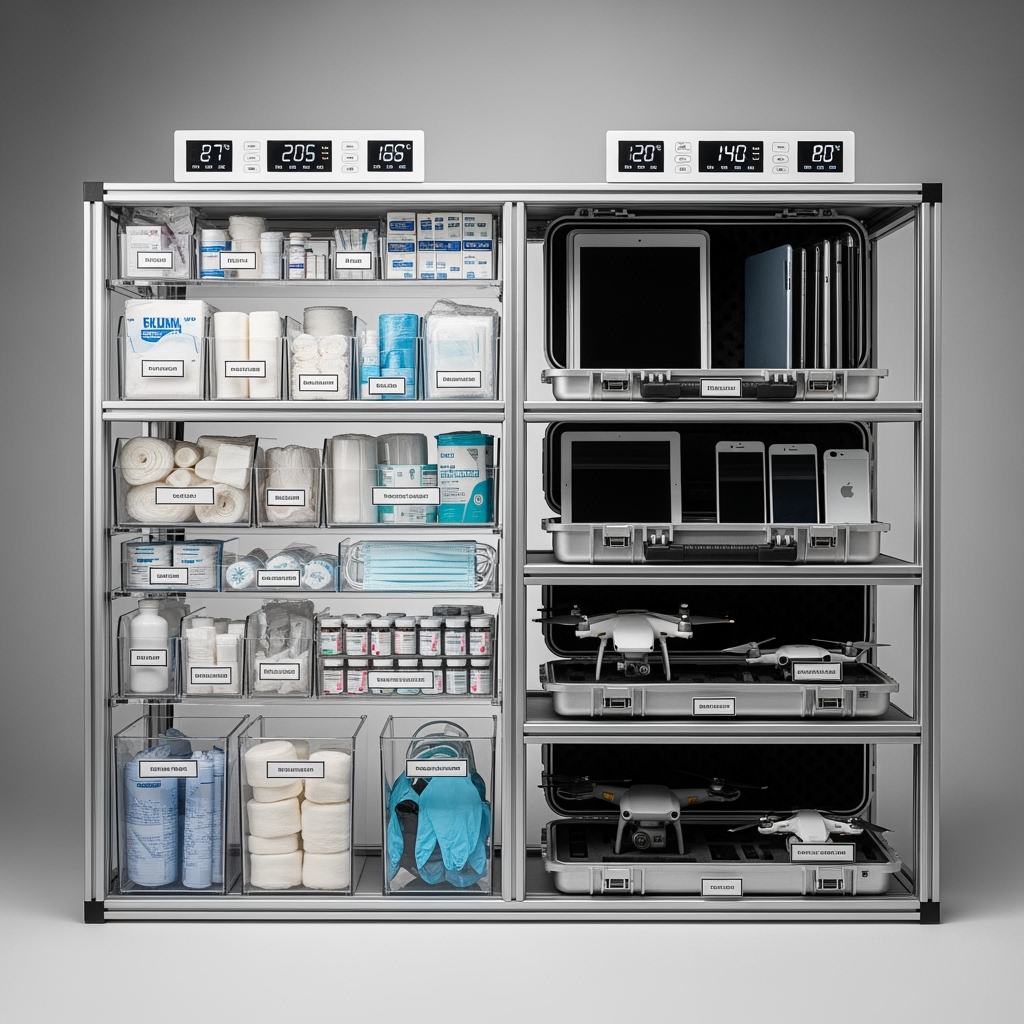
Leave a Reply